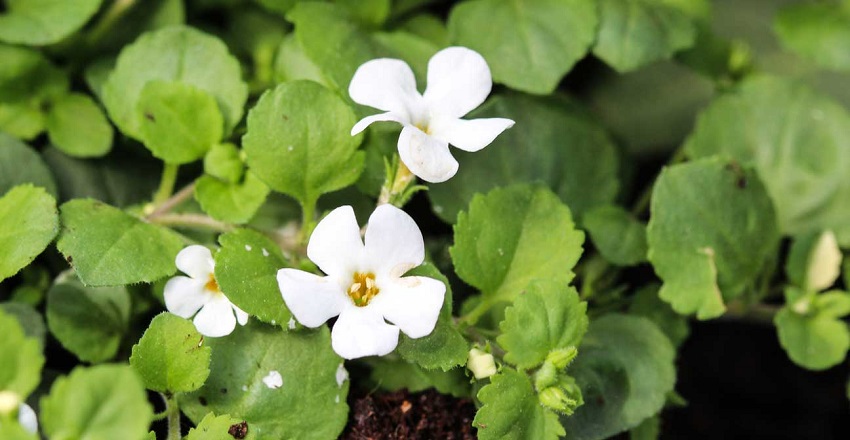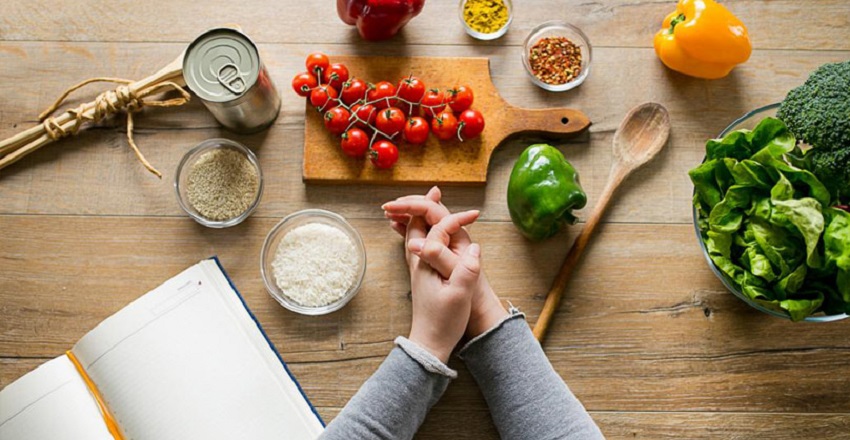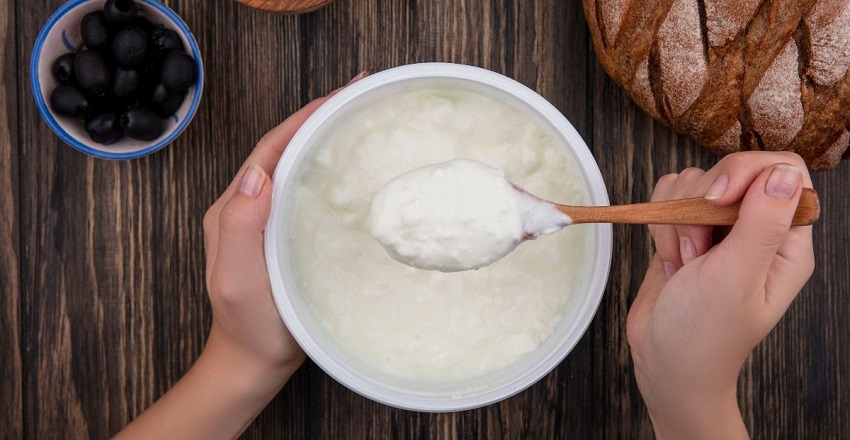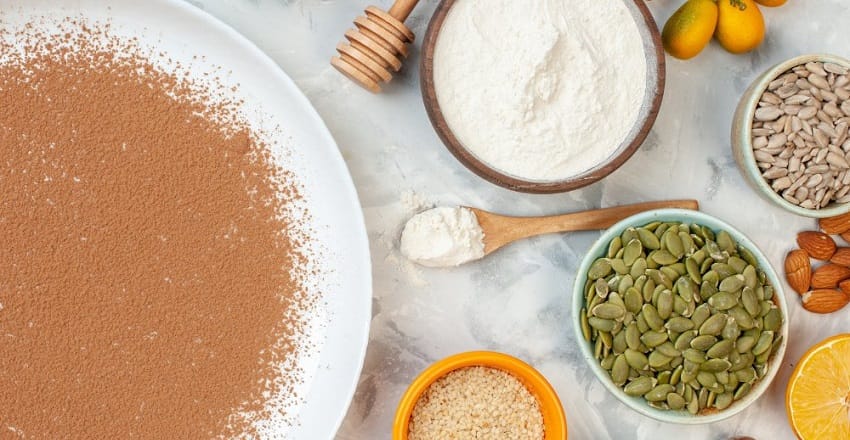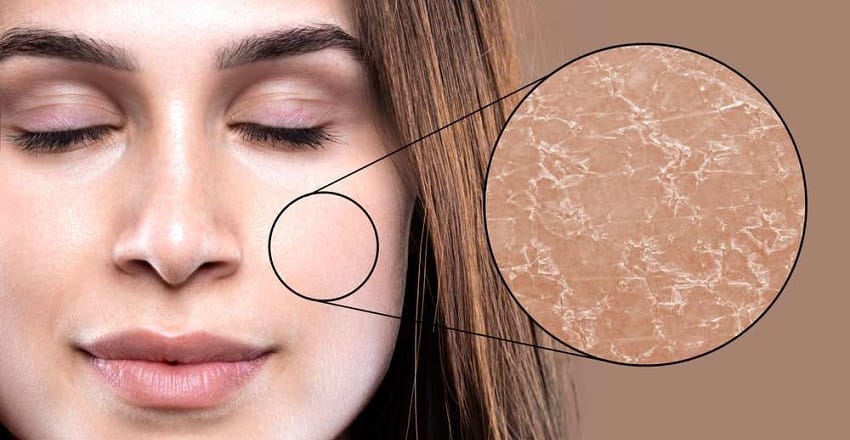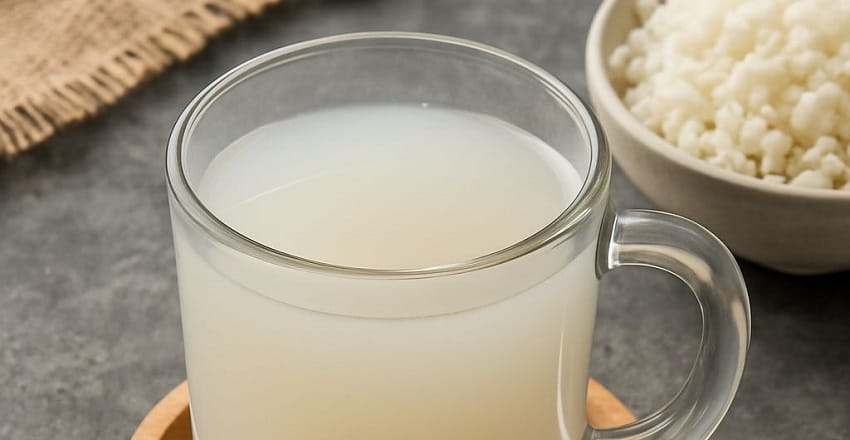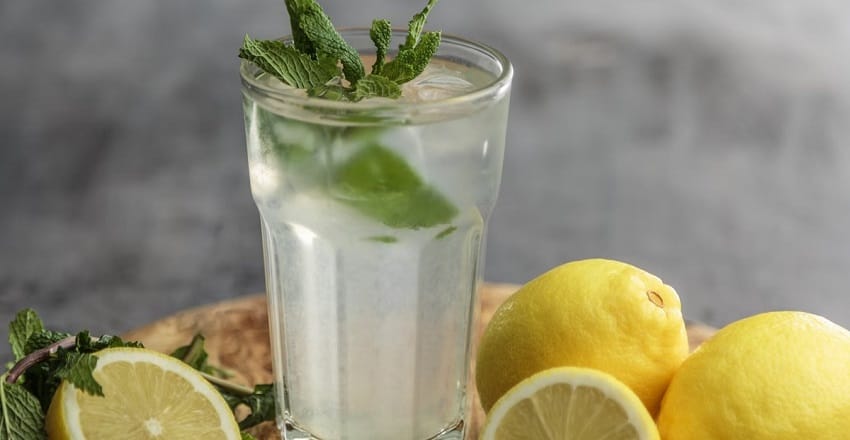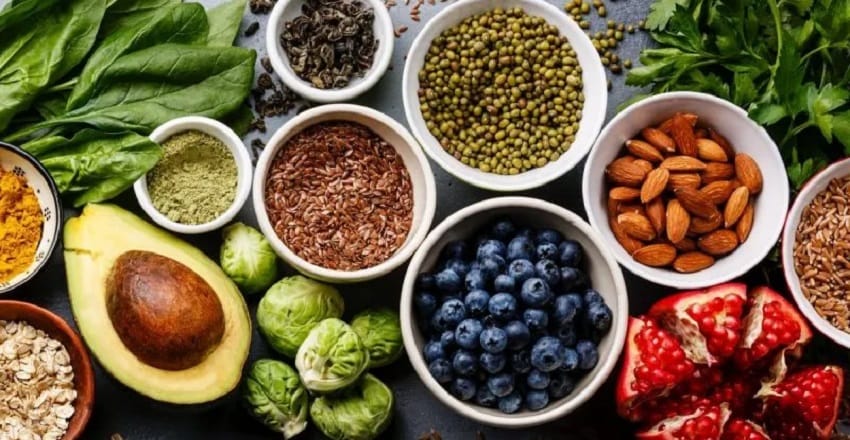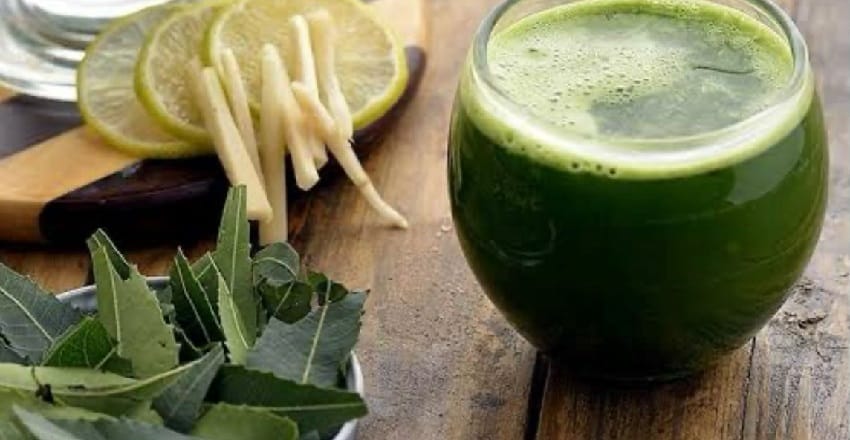When most people think of reversing diabetes, they rarely look beyond blood sugar control. But Ayurveda teaches us that healing is never one-dimensional—it’s about synergy between mind, body, and spirit. And in that spirit, there’s one herb quietly working behind the scenes that deserves the spotlight: Brahmi (Bacopa monnieri). Traditionally known as a nootropic herb that sharpens the intellect and soothes the nervous system, Brahmi is now emerging as a strong ally in metabolic wellness—especially for those navigating the path of diabetes reversal. What Makes Brahmi a Game-Changer? At first glance, Brahmi might seem like just a brain tonic, but this ancient herb holds powerful properties that go beyond the mind. It brings together medhya (cognitive support) with rasayana (rejuvenation), making it a holistic agent for internal balance. Here’s how Brahmi supports blood sugar and metabolic health: 1. Guarding Your Cells Against Stress Diabetes increases oxidative stress in the body, which can damage your insulin-producing beta cells. Brahmi’s antioxidant arsenal… Continue reading Brahmi & Diabetes Reversal: The Mind-Body Herb Your Metabolism Has Been Waiting For



